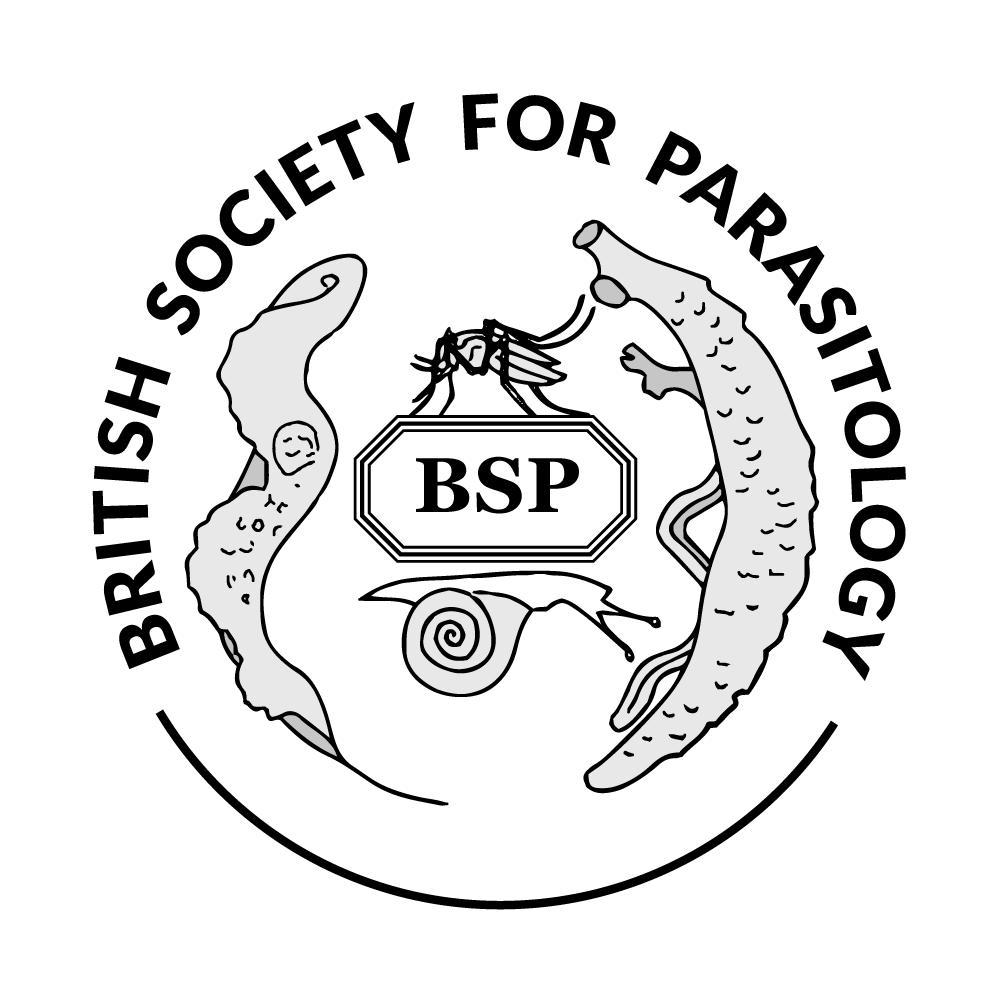Discussion
Chagas’ Disease or American trypanosomiasis is a chronic, debilitating illness endemic in central and south America. It is caused by Trypanosoma cruzi, affecting nearly 20 million persons. The transmission is mainly vectorial by hemiptera of the Reduviidae family, followed by blood transfusions and organs transplants, transplacentally from mother to child, and recently, orally by consumption of contaminated beverages, in urban zones where vectorial transmission is controlled. The oral outbreaks have been characterized as highly virulent. The disease characterizes by an acute phase in which parasitemia is evident among a broad unspecific symptoms that can last for about 4-6 weeks, followed by a long asymptomatic indeterminate phase that can last up to decades before just 20-30% of patients develop terminal complications, mainly chronic cardiomyopathy and mega syndromes. New approaches are needed for blood bank screening, and for improved diagnosis and prognosis. Many studies have shown that changes in the glycosylation pattern are associated with specific diseases. Here, we present for the first time, an analysis of the serum N-glycome in Chagas’ disease patients and controls. For this, blood samples were collected from Chagas’ disease patients in the acute phase (oral and vectorial transmission from Venezuela) before and after treatment with Benznidazol, in the chronic phase (from Venezuela and Bolivia). After release and labeling, serum glycans were subjected to hydrophilic interaction high performance liquid chromatography, which resulted in 38 chromatographic glycan peaks (GP). The abundances of the GPs were compared between the study groups. We found a statistically significant difference between groups when considering fucosylated and disialylated glycans. Furthermore, performing a linear discriminant analysis, an excellent separation and prediction ability were observed. One of the most interesting results derived from the clear discrimination in the n-glycan profiles of the two subgroups of acute patients (oral and vectorial infection). In addition, we observed a “normalization” of the profile upon chemotherapy. These alterations in the glycosylation signature could provide new aspects to the pathophysiology of the disease and may serve as new potential markers in the future. Also we present for the first time an study of the anti-glycan antibodies repertoire present in those patients. These alterations in the glycosylation signature could provide new aspects to the pathophysiology of the disease and may serve as new potential markers in the future.
